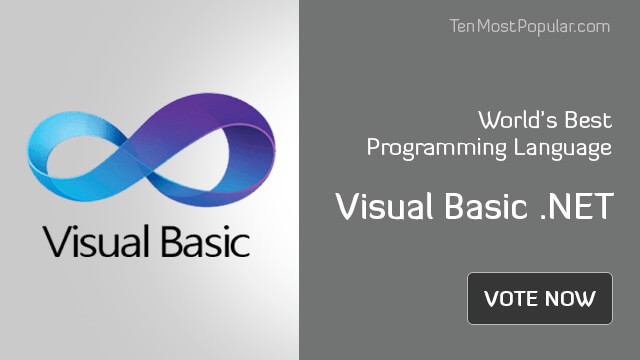Visual Basic .NET
Whether Visual Basic .NET is considered a Visual Basic version or truly a different language is a hot topic of debate. This is because the syntax of the Visual Basic .NET language does not undergo very drastic changes, and only adds some support for new features such as structured exception handling and short-circuit expressions. Two changes to the data type also occur when moving to Visual Basic .NET. Compared to Visual Basic 6.0, the data type Integer that is owned by Visual Basic .NET has a length twice as long, from 16 bits to 32 bits. In addition, the data type Long also both change to be twice as long, from 32 bits to 64 bits. 16-bit integers in Visual Basic .NET are called Short. After all, the Windows Forms GUI designer contained in Visual Studio .NET or Visual Basic .NET has a style that is very similar to the classic Visual Basic form editor.

